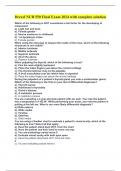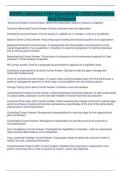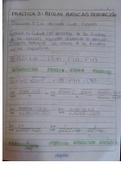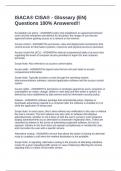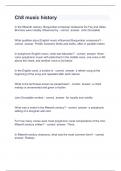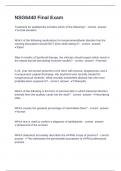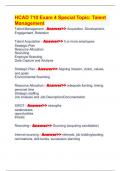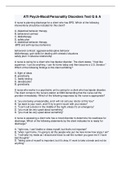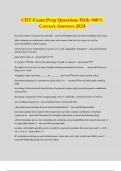Exam (elaborations)
Drexel NUR 550 Final Exam 2024 with complete solution
- Course
- Institution
Drexel NUR 550 Final Exam 2024 with complete solution Which of the following is NOT considered a risk factor for the developing of melanoma? a). Light hair and eyes b). Female gender c). Severe sunburns in childhood d). 1-4 dysplasyic moles b). Female gender When using the otoscope to insp...
[Show more]
